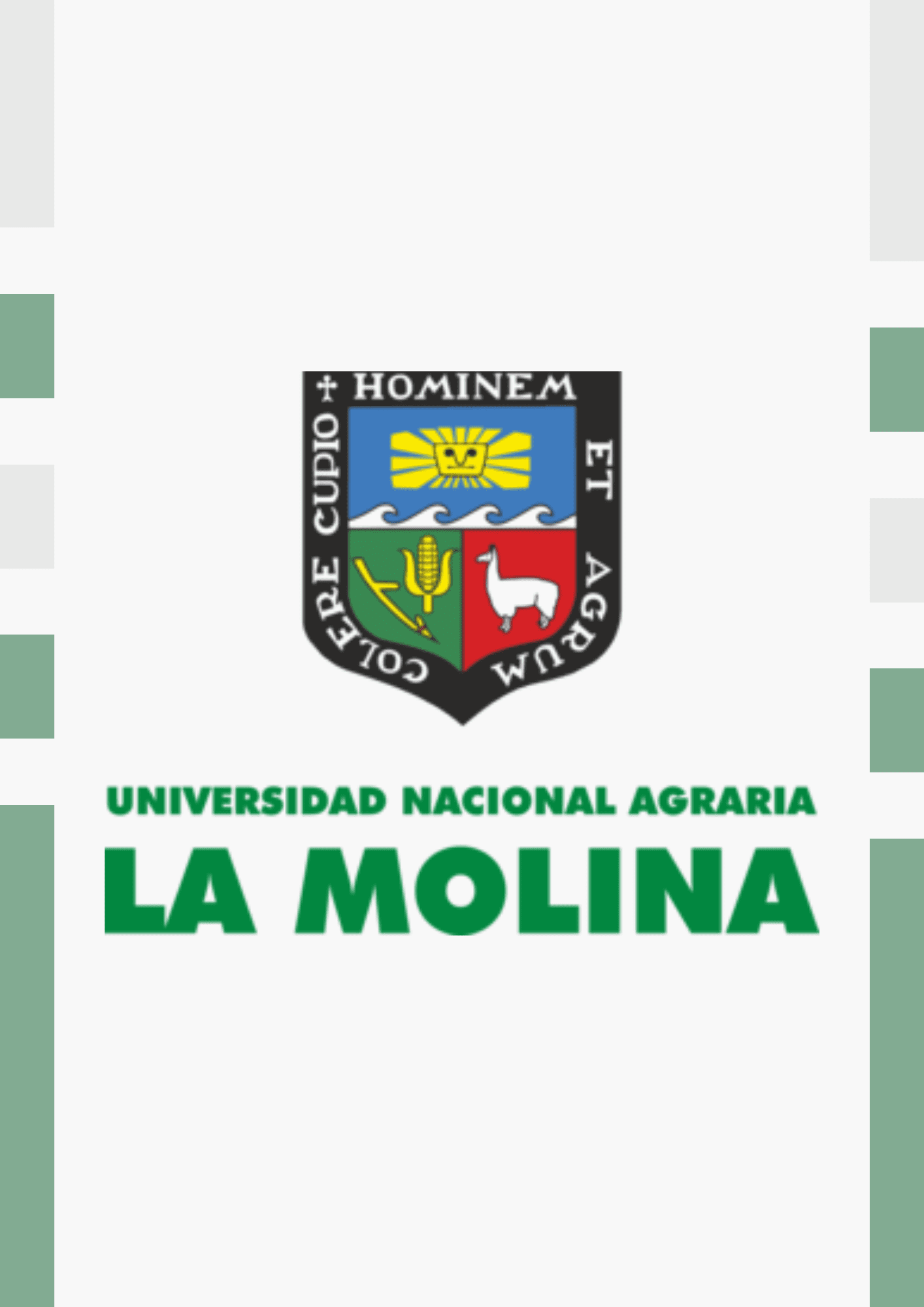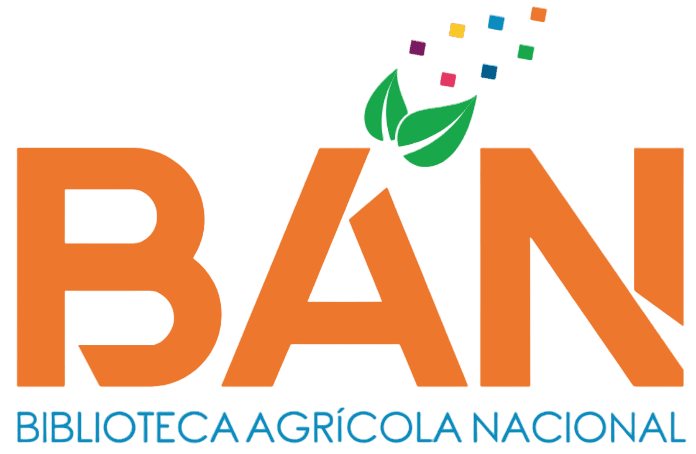Especie de origen tropical y sub tropical: la pitahaya (Hylocereus guatemalensis) y sus sistemas de conducción
| dc.contributor.advisor | Borjas Ventura, Ricardo Roberto | |
| dc.contributor.author | Andres Orizano, Juan Alvaro | |
| dc.date.accessioned | 2025-02-24T21:41:48Z | |
| dc.date.available | 2025-02-24T21:41:48Z | |
| dc.date.issued | 2025 | |
| dc.description | Universidad Nacional Agraria La Molina. Facultad de Agronomía. Departamento Académico de Fitotecnia | |
| dc.description.abstract | En los últimos años, la pitahaya se ha convertido en un cultivo estratégico por su adaptabilidad a diversas condiciones climáticas y debido a su potencial económico. Los sistemas de conducción, que incluyen estructuras como tutores, juegan un papel crucial en la optimización del rendimiento de las plantas ya que no solo facilitan el manejo eficiente del cultivo, sino que también mejoran la exposición solar y la ventilación. Por lo mencionado, la finalidad principal del presente trabajo fue evaluar el rendimiento y la calidad de los frutos mediante cinco sistemas de conducción (T1: Horizontal de un piso, T2: Horizontal de dos pisos, T3: Tutor tipo X, T4: Tutor tres bolillos y T5: control). Los resultados obtenidos demostraron que los tratamientos no tuvieron influencia en la fenología reproductiva, es decir no hubo diferencia estadística en los días de floración (antesis) hasta la cosecha. Además, se encontró que en la productividad el número de frutos (alrededor de 5) en los tratamientos T4 y T5 fueron menores a los demás tratamientos que tuvieron entre 11 a 12 frutos. También se observó que el rendimiento estimado por Ha es mayor en el T2 con una producción aproximada de 25 t/ha a diferencia del T4 y T5 que tuvieron entre 2.3 a 2.6 t/ha. Las características físicas determinadas con el diámetro polar no hubo diferencias en los 5 tratamientos a diferencia del diámetro ecuatorial que el T5 es diferente estadísticamente a los demás tratamientos, mientras que en los grados brix evaluados en los 5 tratamientos hubo diferencias lo que nos indica que el sistema de conducción no tiene injerencia en dicho parámetro evaluado. Finalmente, en la evaluación económica se obtuvo datos que el T2 es el tratamiento con mayor rentabilidad en el segundo año de producción conjuntamente con el T1 y T3 cuya rentabilidad es positiva. | |
| dc.description.abstract | In recent years, pitahaya has become a strategic crop due to its adaptability to various climatic conditions and its economic potential. Training systems, which include structures such as stakes or supports, play a crucial role in optimizing plant performance as they not only facilitate efficient crop management but also improve sunlight exposure and ventilation. For this reason, the main objective of this study was to evaluate yield and fruit quality using five training systems (T1: Single-level horizontal, T2: Two-level horizontal, T3: X-type support, T4: Three-pole support, and T5: control). The results showed that the treatments did not influence reproductive phenology, meaning there were no statistical differences in the days from flowering (anthesis) to harvest. Furthermore, it was found that in terms of productivity, the number of fruits (around 5) in treatments T4 and T5 was lower compared to the other treatments, which produced between 11 and 12 fruits. Additionally, it was observed that the estimated yield per hectare was highest in T2, with approximately 25 t/ha, compared to T4 and T5, which had yields between 2.3 and 2.6 t/ha. Regarding physical characteristics, there were no differences in the polar diameter across the five treatments. However, for the equatorial diameter, T5 was statistically different from the other treatments. For the brix degrees evaluated in the five treatments, differences were found, indicating that the training system does not affect this parameter. Finally, in the economic evaluation, it was determined that T2 was the most profitable treatment in the second year of production, along with T1 and T3, which also showed positive profitability. | |
| dc.format | application/pdf | |
| dc.identifier.uri | https://hdl.handle.net/20.500.12996/6987 | |
| dc.language.iso | spa | |
| dc.publisher | Universidad Nacional Agraria La Molina | |
| dc.publisher.country | PE | |
| dc.rights | info:eu-repo/semantics/openAccess | |
| dc.rights.uri | https://creativecommons.org/licenses/by-nc-nd/4.0/ | |
| dc.subject | Pitahaya | |
| dc.subject.ocde | https://purl.org/pe-repo/ocde/ford#4.01.07 | |
| dc.title | Especie de origen tropical y sub tropical: la pitahaya (Hylocereus guatemalensis) y sus sistemas de conducción | |
| dc.type | info:eu-repo/semantics/bachelorThesis | |
| dc.type.version | info:eu-repo/semantics/publishedVersion | |
| renati.advisor.dni | 41579211 | |
| renati.advisor.orcid | https://orcid.org/0000-0001-7819-1810 | |
| renati.author.dni | 77484188 | |
| renati.discipline | 811036 | |
| renati.juror | Aguilar Hernández, Marlene Gladys | |
| renati.juror | Jiménez Dávalos, Jorge Eduardo | |
| renati.juror | Espinoza Nuñez, Erick | |
| renati.level | https://purl.org/pe-repo/renati/level#tituloProfesional | |
| renati.type | https://purl.org/pe-repo/renati/type#tesis | |
| thesis.degree.discipline | Agronomía | |
| thesis.degree.grantor | Universidad Nacional Agraria La Molina. Facultad de Agronomía | |
| thesis.degree.name | Ingeniero Agrónomo |
Files
Original bundle
1 - 3 of 3
Loading...
- Name:
- andres-orizano-juan-alvaro.pdf
- Size:
- 1.32 MB
- Format:
- Adobe Portable Document Format
- Description:
- Texto completo

- Name:
- IO-022-2025-Andes.pdf
- Size:
- 2.03 MB
- Format:
- Adobe Portable Document Format
- Description:
- Informe originalidad

- Name:
- BAN-Andres.pdf
- Size:
- 276.34 KB
- Format:
- Adobe Portable Document Format
- Description:
- Autorización
License bundle
1 - 1 of 1

- Name:
- license.txt
- Size:
- 1.63 KB
- Format:
- Item-specific license agreed upon to submission
- Description:

